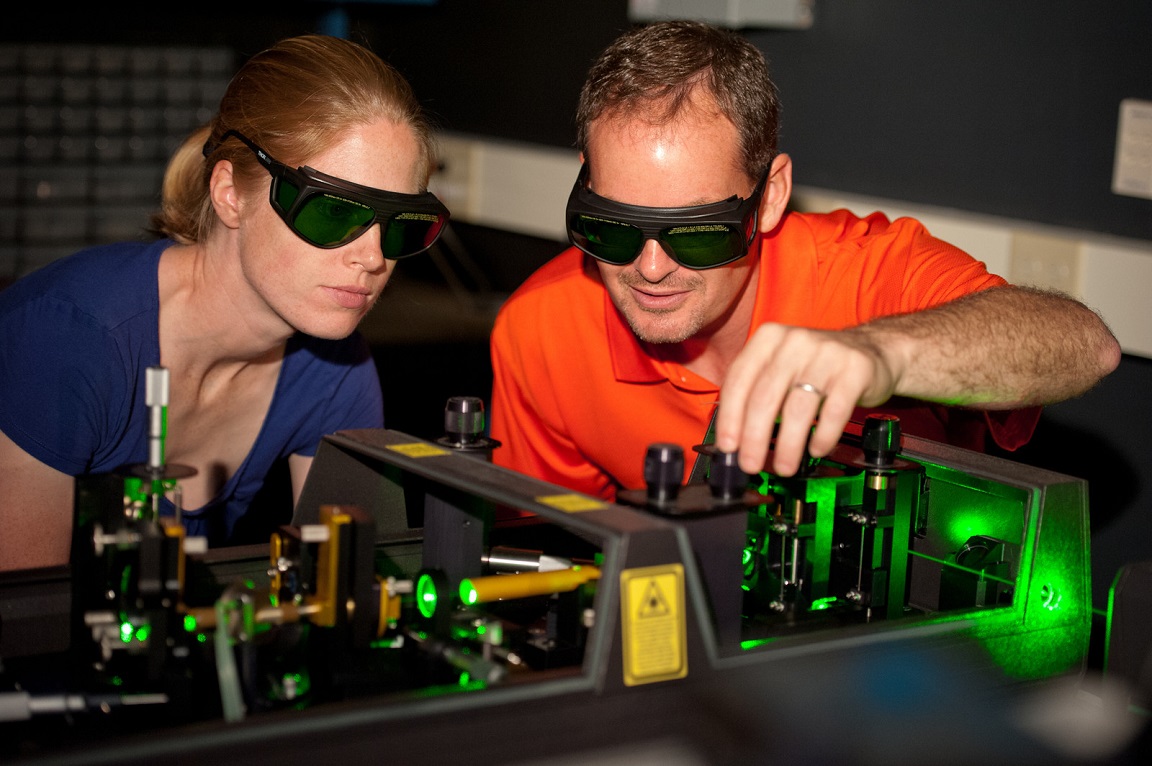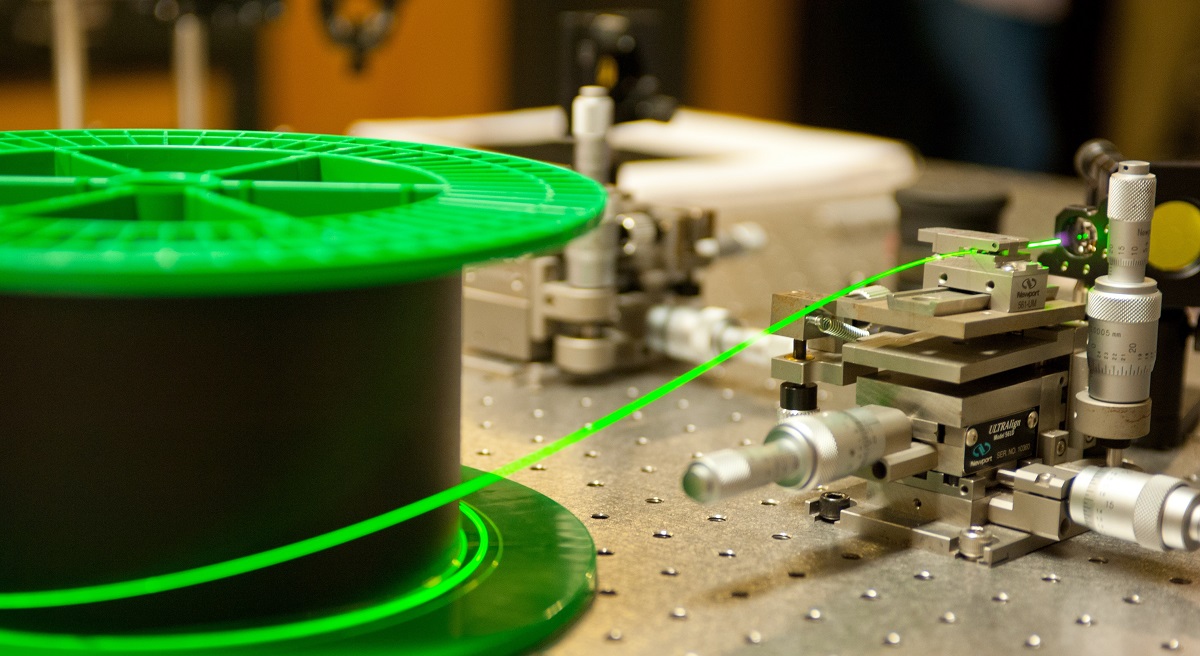
Clemson University Laser Safety Program is based on the ANSI Z136.1 Standard. Radiation Safety personnel assures that laser equipment is used in compliance with all federal, state, and local regulations, as well as Clemson University’s policies.
-
What do I need to use lasers at Clemson?
All Class 3B and 4 lasers used in Clemson must be registered with CU Radiation Safety as soon as it is acquired. In order to work with Class 3B and 4 lasers, a person must complete appropriate online Laser Safety Training, receive instructions on the equipment operation and emergency procedures, and be listed on one of the Laser Projects. Usually, laser research will require the use of proper PPE (glasses).
Other classes of lasers may require special safety considerations depending on their use: beam collimating, high pulse frequency, secondary hazards, etc. Please contact CU Radiation Safety to discuss your laser application.
-
What is a Laser Project?
A Laser Project includes: a Responsible Investigator (RI); approved equipment; labs where work under this Project may be performed; protocols of laser use; written operating and emergency procedures (if required); any special requirements; list of individuals approved by the Project’s RI to work under this Project.
-
What training do I need to work with lasers?
All personnel working with Class 3B and 4 lasers must complete online Laser Safety Training. Depending on the laser use protocol, users of other classes of lasers may be asked by CU Radiation Safety to take this training. Any persons using class 1M, 2 and 3M lasers are encouraged to take online laser safety training as well.
-
What if I use equipment with enclosed lasers (3D printers, cutters, etc.)?
Class 3B and 4 lasers with the beam fully enclosed in a cabinet with interlocks and other safety services required by the regulations are considered Class 1 (safe) laser equipment. No registration or laser safety training is required as long as such equipment is used per manufacturer’s instructions and is not modified to accommodate the user’s specific needs.
-
What is the meaning of laser Classes?
Laser Classes are based on potential hazards, optical and thermal. Laser hazards depend on the laser’s power, wavelength and pulse frequency (for pulse lasers). Class 1 is safe under any conditions. Class 2 includes lasers emitting in the visible spectrum and the normal eye aversion reaction (0.25 seconds) is enough to protect from its hazards. Class 3B and 4 lasers will cause optical and/or thermal damage by the primary beam as well as by the beam reflected from a specular (mirror) surface (Class 3B) or even a matte (Class 4) surface.
-
How to select a proper PPE when working with lasers?
Selection of proper PPE depends on power, wavelength and pulse frequency of the laser, diameter and convergence of the laser beam, distance from the laser and other modifying factors. If you are not sure how to calculate the protection factors (optical density) of the PPE for your particular application, please contact CU Radiation Safety. Besides PPE, laser use may require certain engineering and administrative controls: beam stops, fire curtains, key/password protection, written emergency procedures, entrance signs, alarm lights and/or signals, etc.

